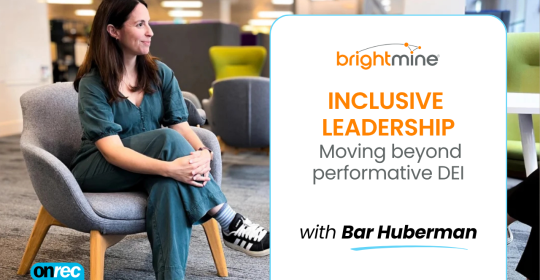Volumes of applications have doubled over the last two years. Some investigation into this shows that candidates are applying for more companies than ever before, with the celebrated “purpose” having less impact than we might think, because candidates are applying across a range of industries.
The first challenge this raises is how we cope with the volume if this trend continues. The candidates are behaving in ways contrary to common thinking.
Digital advances means that employers are now vying for candidates from a generation that is less focused on work as a top priority, less concerned about salaries when considering a job, less likely to stay in a job for more than two years, and more focused on training and advancement than their previous generations of graduates.
These candidates are also prone to getting frustrated by the amount of time it takes to receive an offer after their initial application and the lack of communication during their journey.
Battling this is tough when recruiters are already stretched and frantically trying to plan for and attend so many on-site events, then spending hours vetting piles of CVs or tracking the movement of promising experienced talent on networks such as LinkedIn.
The result of this is finding ways to communicate with candidates – be they active or passive - falls by the wayside or ends up last on the list of priorities. This is a dangerous precedent. Whether it’s time delays, poor communication with applicants, or a bad online user experience, recruiters and employers risk losing qualified candidates who once left in the dark, will go on to consider other offers.
The ever-changing landscape of recruiting means employers must recognise the need to transform their approaches. In this digital era, the push from employers needs to revolve around creating an engaging experience and personalising the process for candidates – and in order to this, employers need to utilise technology to ensure they form a bond from a very early stage, before the candidate even applies. Crucially, this must extend all the way through to when a candidate accepts their full-time offer.
Rather than the elongated manual processes some recruiters still have embedded, the race is on to expedite processes and keep candidates better engaged in order to better match the high-touch process of finding, evaluating, and landing talent from an array of sources. Do this well, and a recruiter is more likely to simplify processes and increase hiring velocity.
With today’s digital capabilities, it is necessary to focus on better and continuous candidate engagement and interaction. Recruitment marketing is the new norm. Providing relevant content at key moments of candidate receptivity can help to build trust. It also demonstrates an understanding of candidate needs via personalisation. This can be achieved by amplifying existing marketing content with contextual placements.
At every stage of the process good automation will facilitate two-way conversations so that candidates can give feedback on what they think of the process and receive feedback in return. The aim is to help them in their career regardless of whether they are hired.
At Oleeo, we advise our clients to focus on these 10 key steps to great engagement:
- Have a great employer value proposition (EVP)
- Devise coordinated but differentiated engagement strategies for different talent pools
- Engage passives and actives
- Ensure that your attraction campaign is end-to-end
- Engage leadership, employees, and advocates to amplify, authenticate, and bring to life your EVP & build their team.
- Virtualise and automate + combine with focus on the real-world in person engagement
- Understand and focus your engagement on great hires and candidates with the potential to be great future employees
- Ensure your communication is simple, transparent and personal
- Set expectations early on and offer hires jobs as quickly as the process allows you to
- Ignite and strengthen the passion of future hires and customers
Done well, it will mean that you have an engagement plan which is unique to your business, helping to build talent pools of people from specific backgrounds who you as the recruiter think would be a good fit. With intelligence added in, it can even extend your reach by identifying candidates who perhaps you wouldn’t consider as a natural choice but is actually a great fit.
There is great value in planning engagement to work in such ways. For diversity recruiting, as an example, an employer can utilise engagement to manage issues of under-representation of a particular group, to take steps to try and attract candidates who have a diversity background to consider working for your business.
More than ever before, the time is now to ensure that you are seizing the opportunity to communicate at every touchpoint – including utilising white space on application pages.







